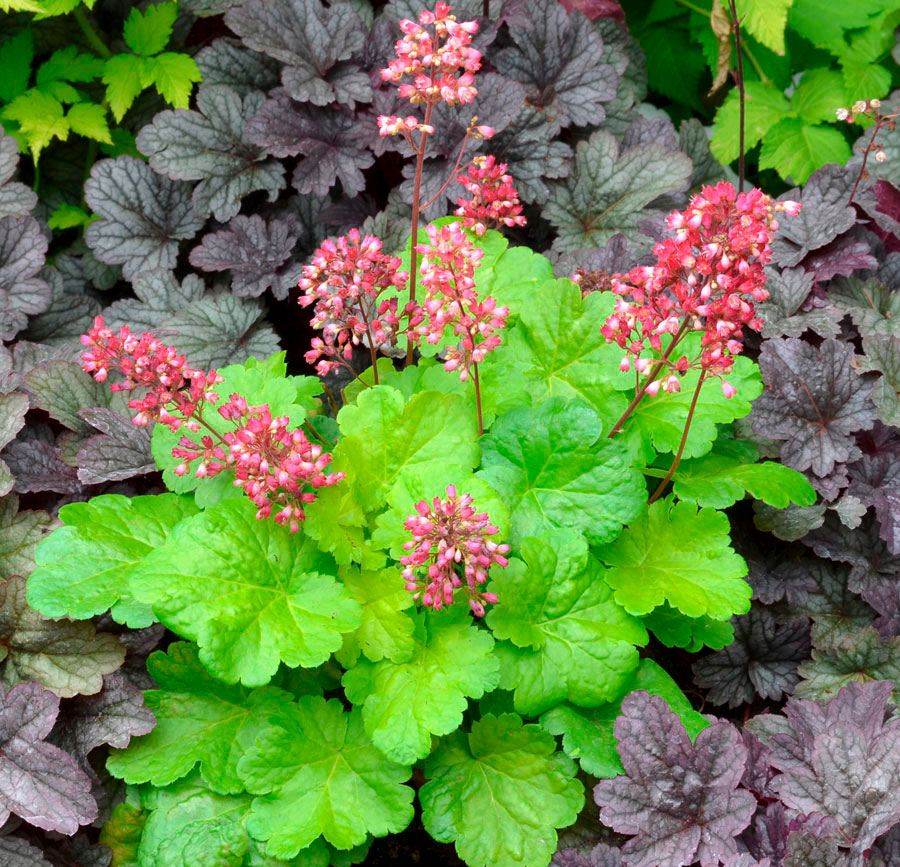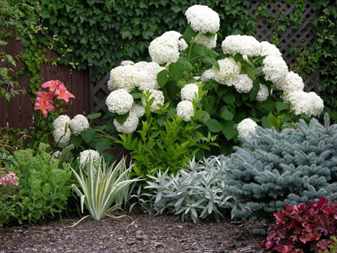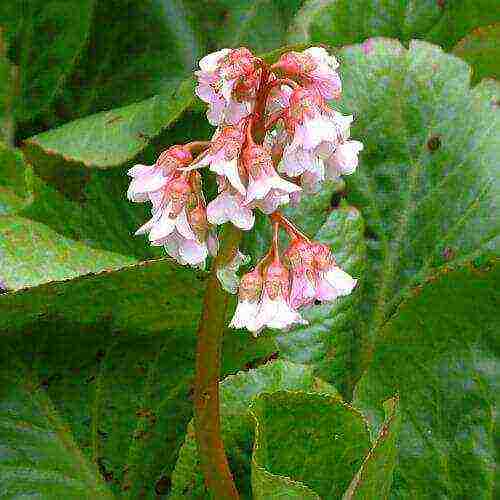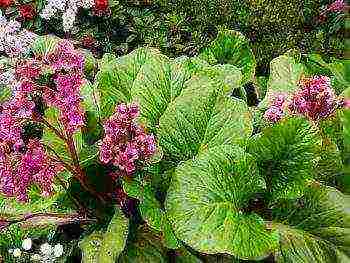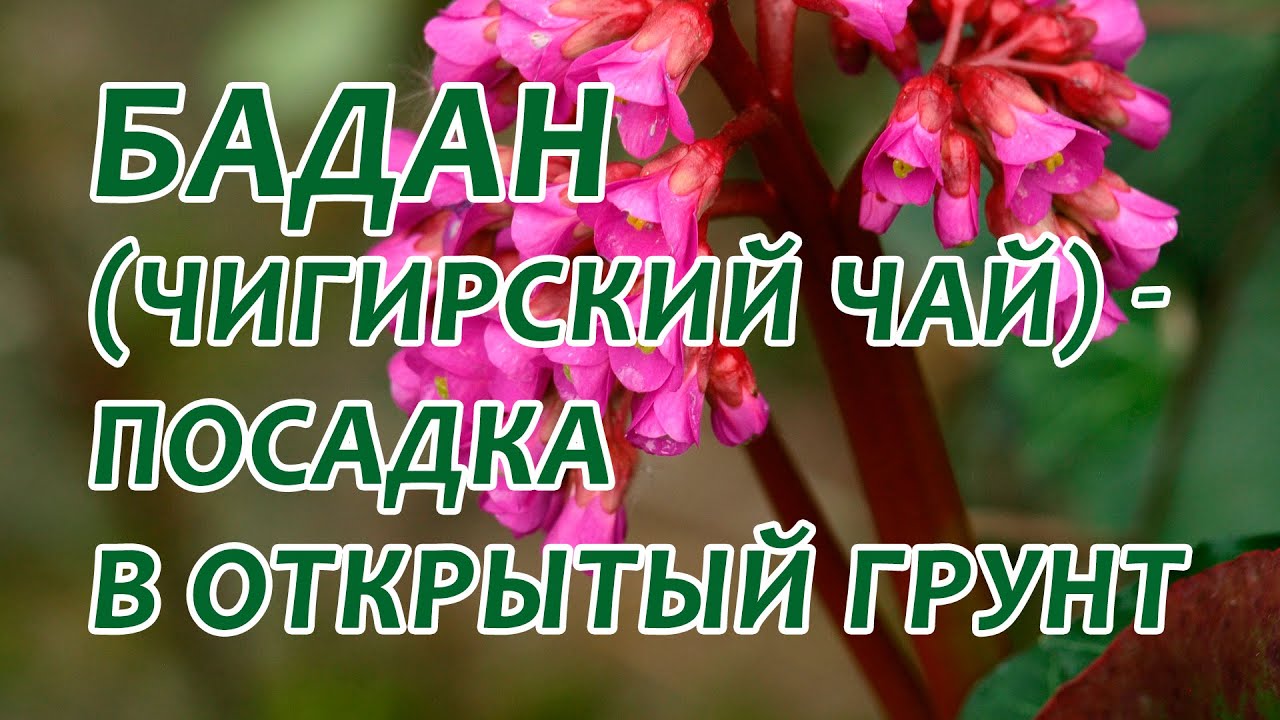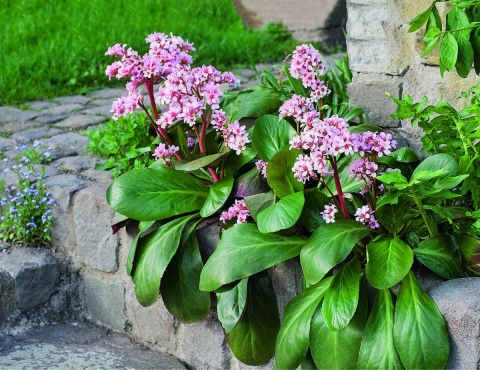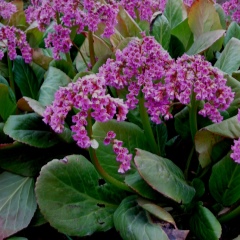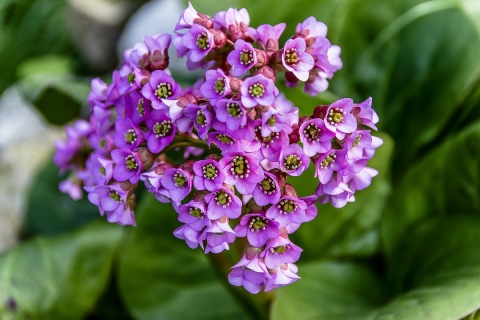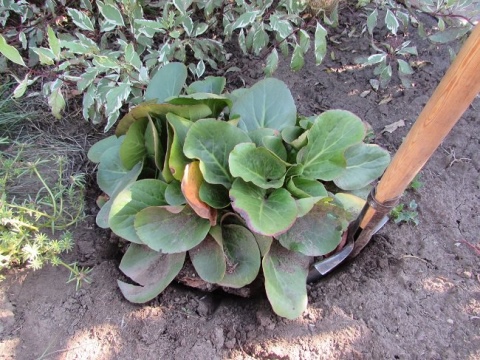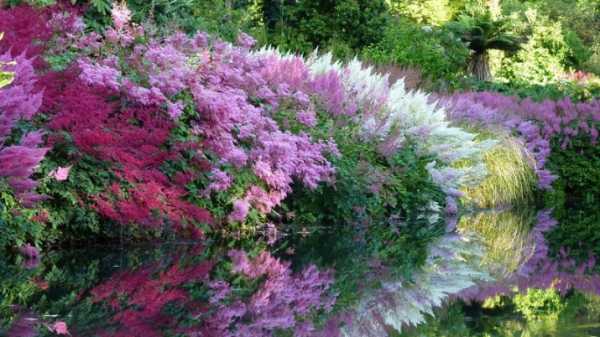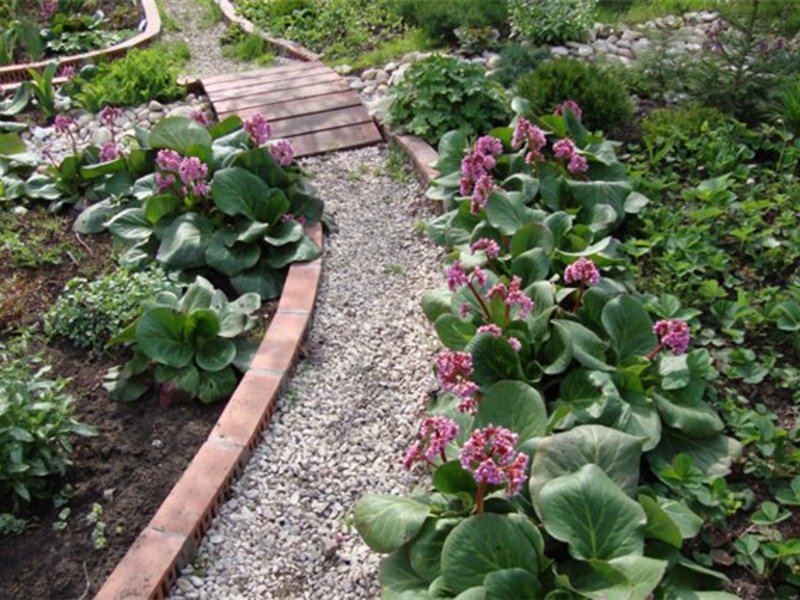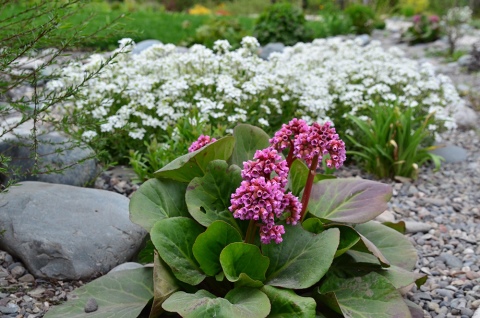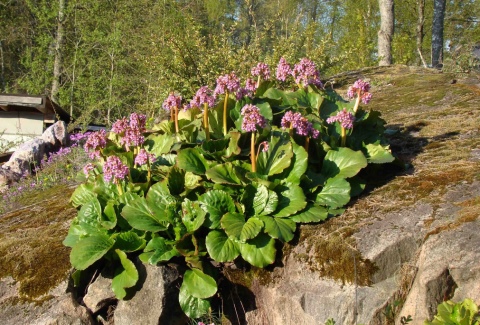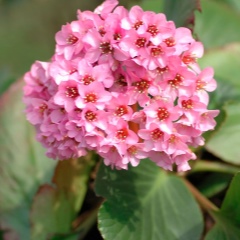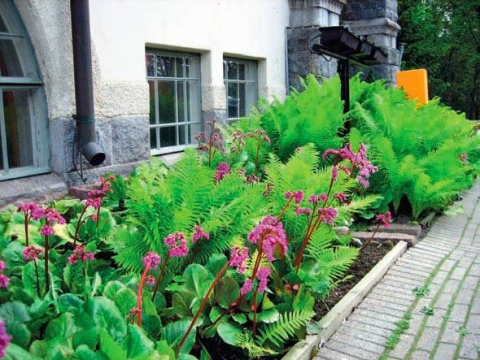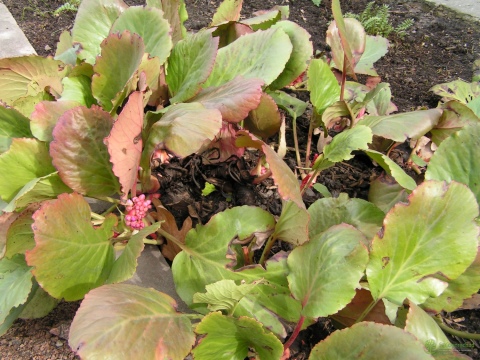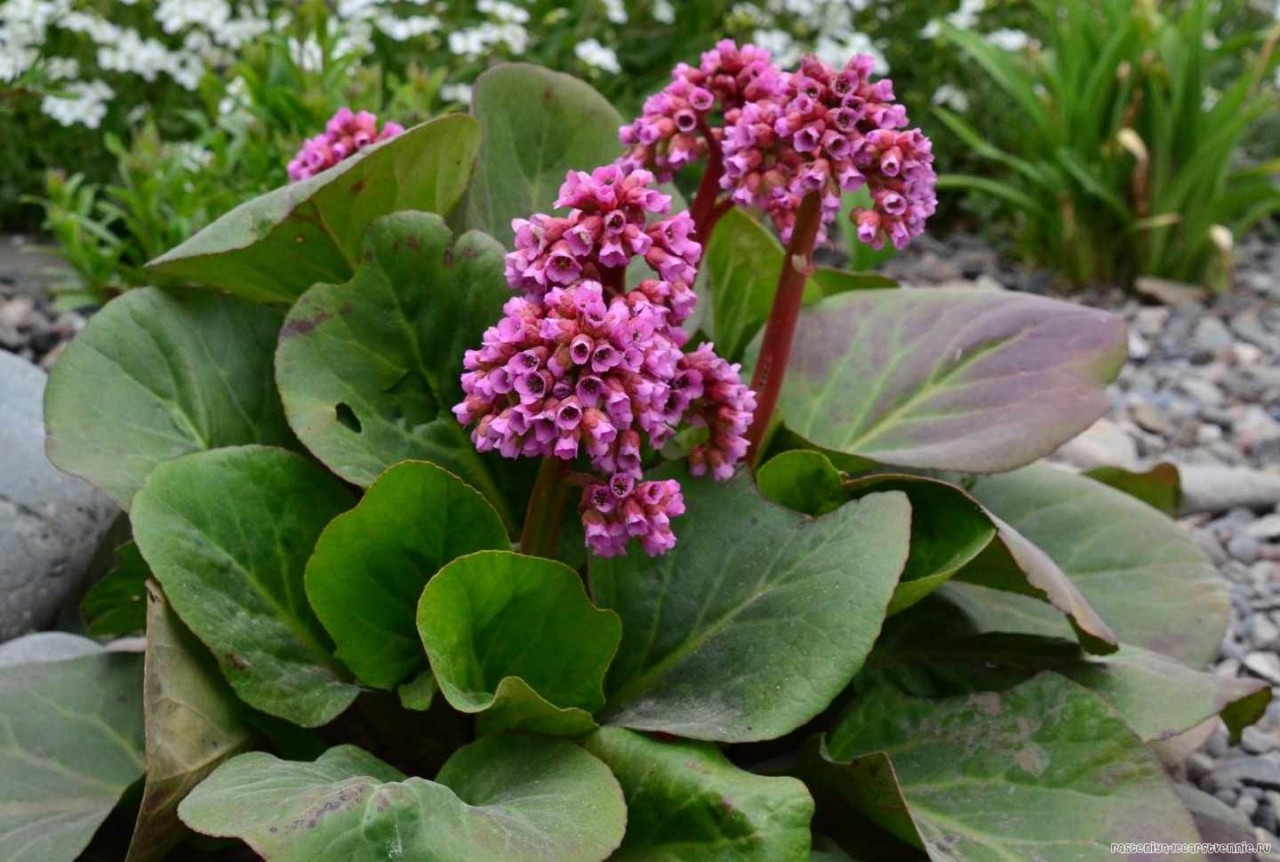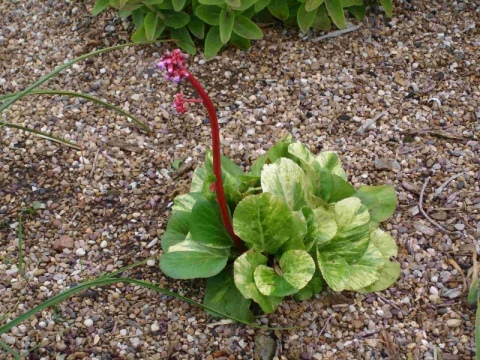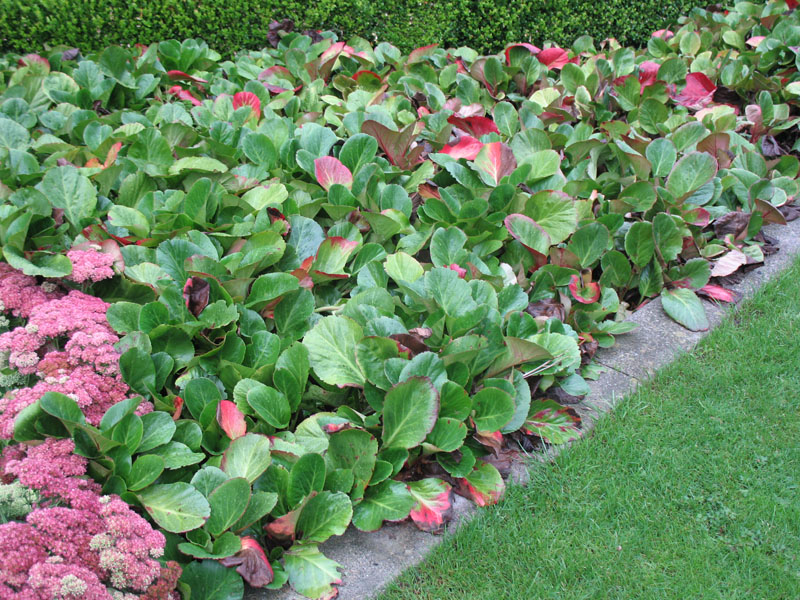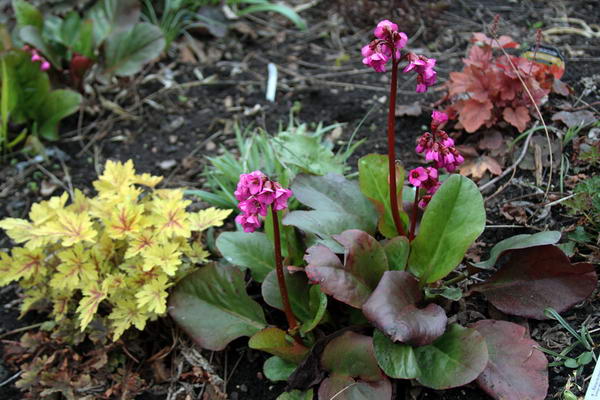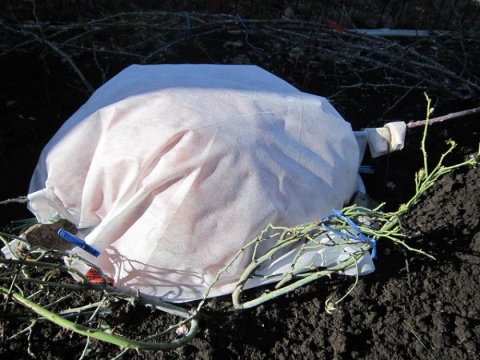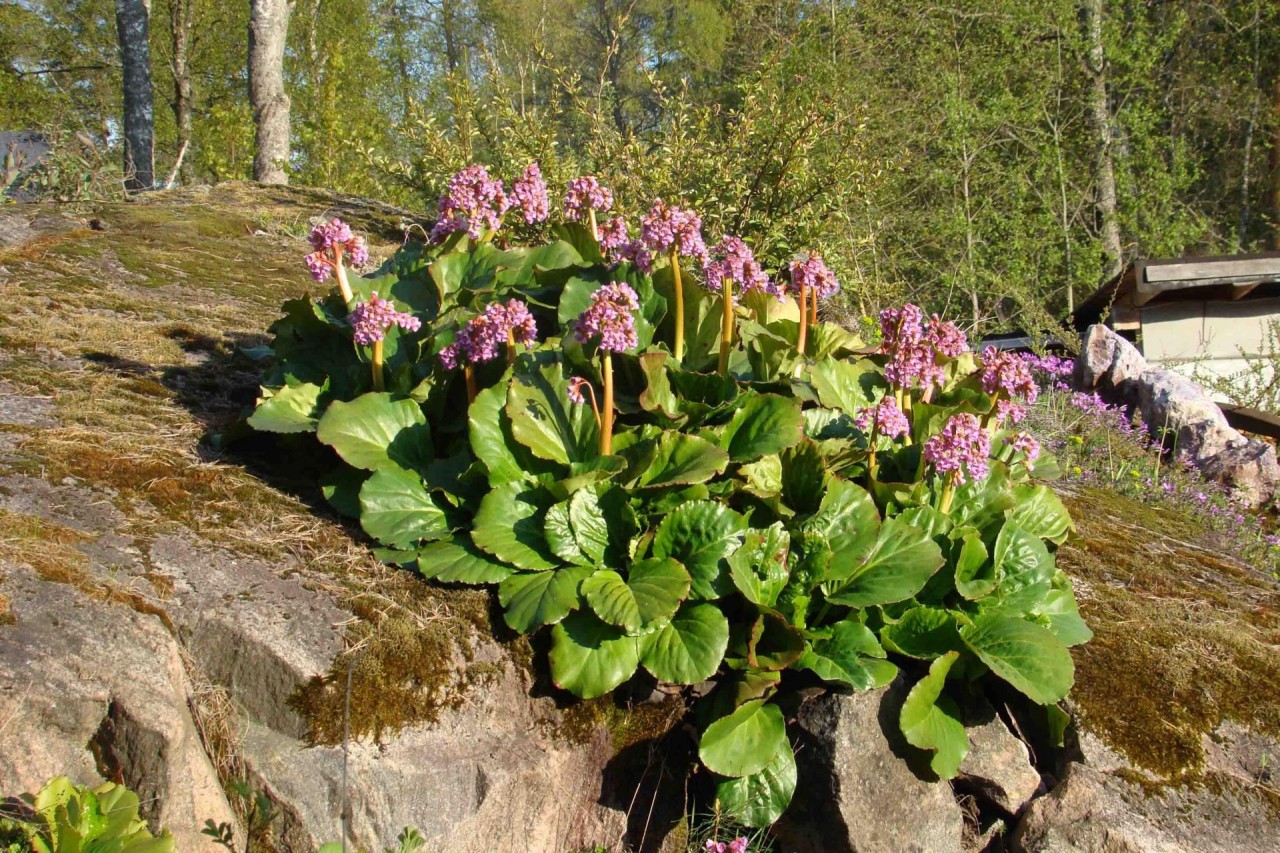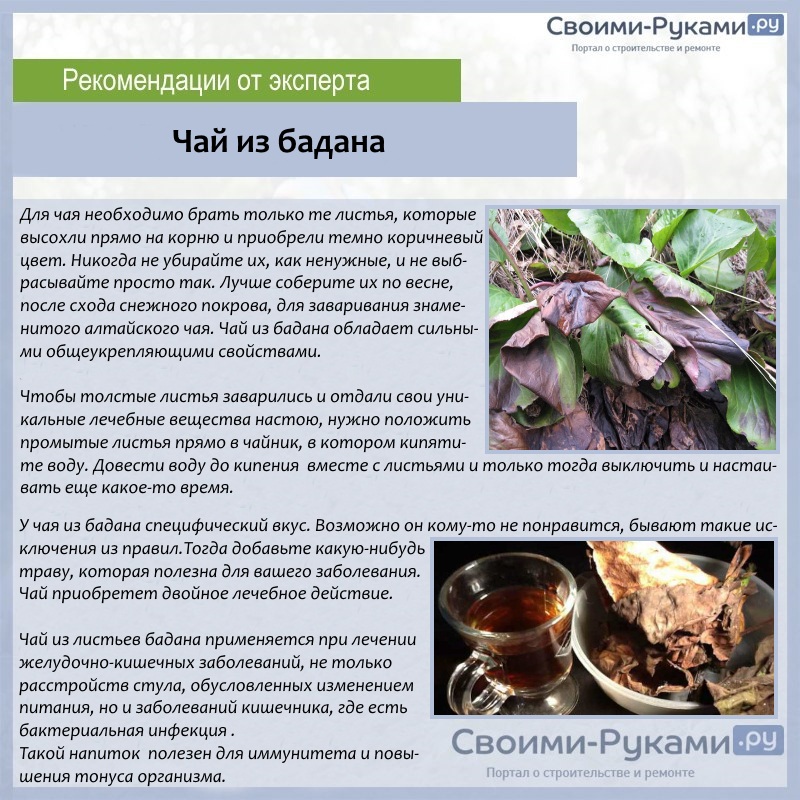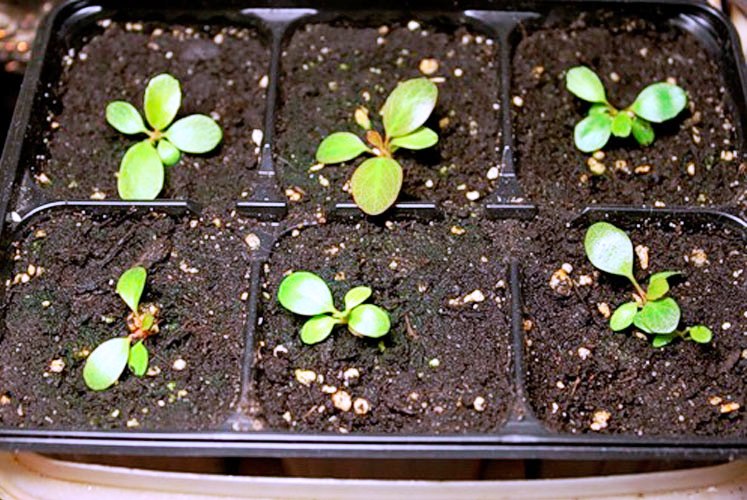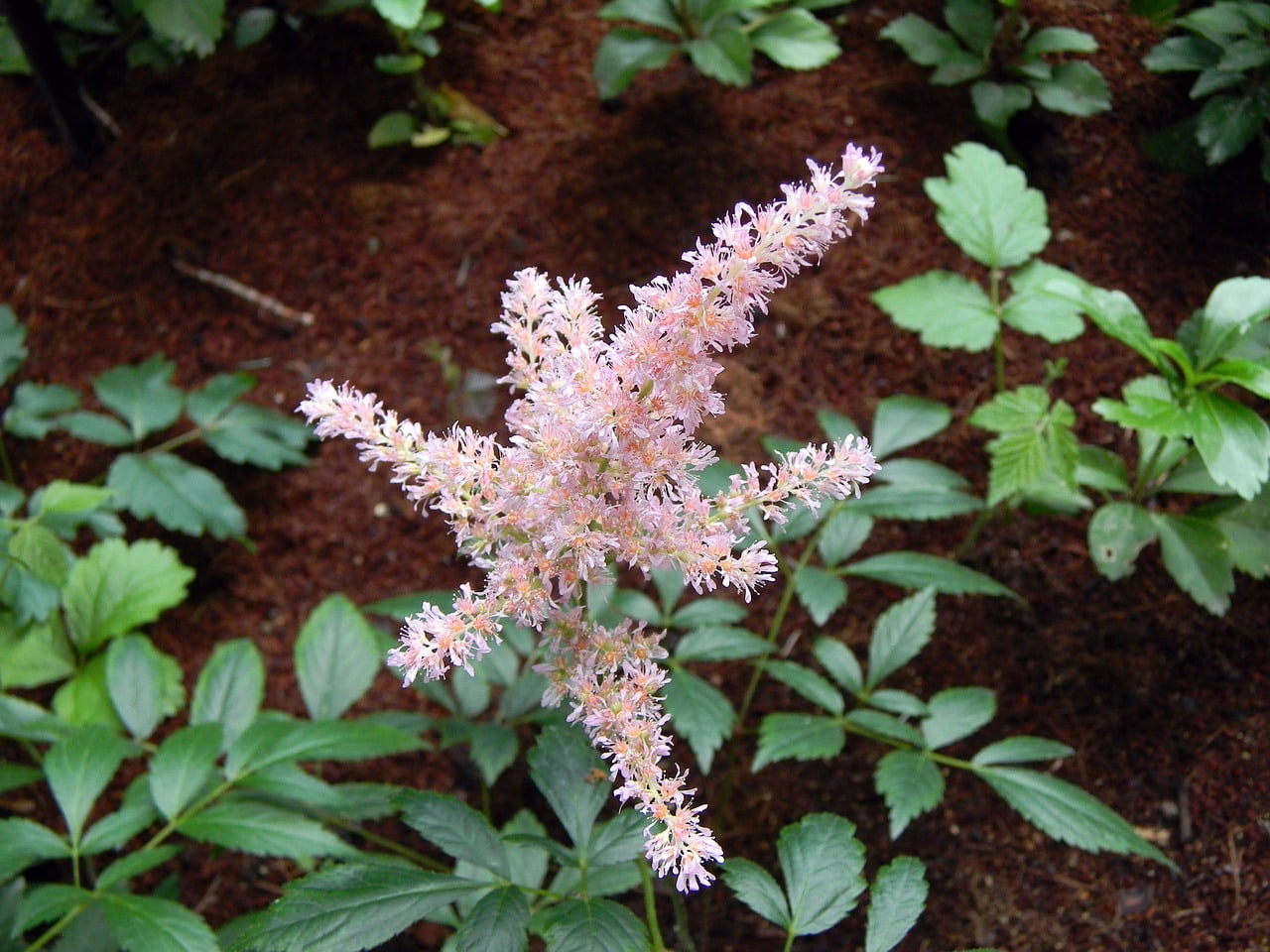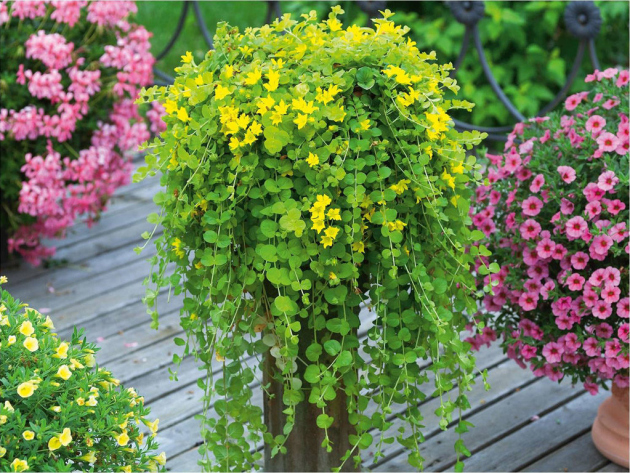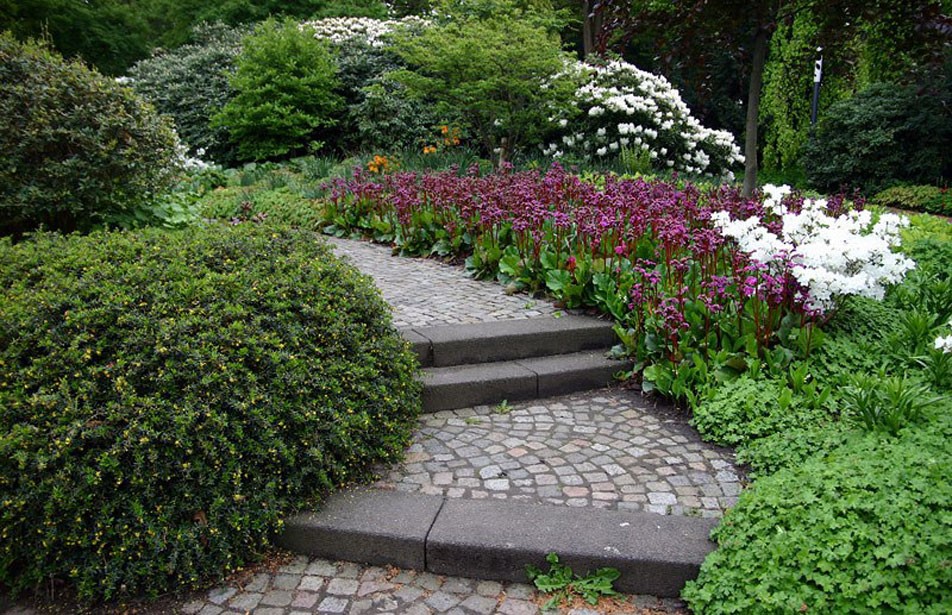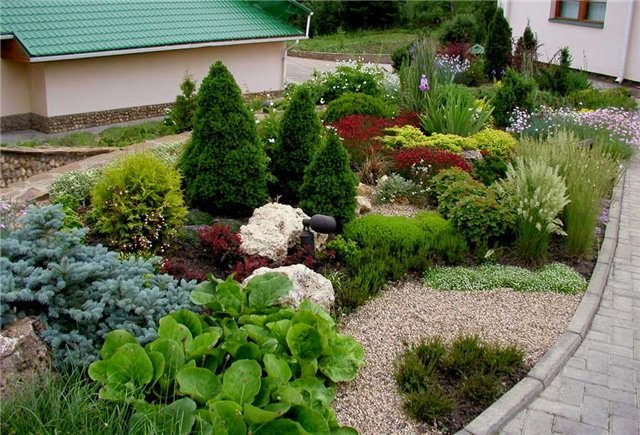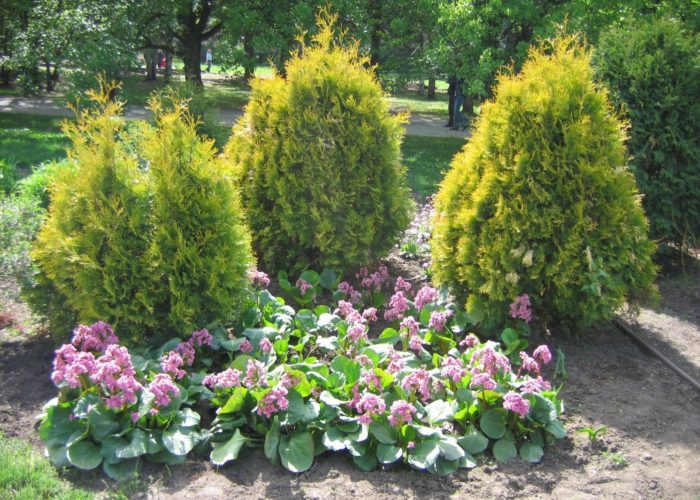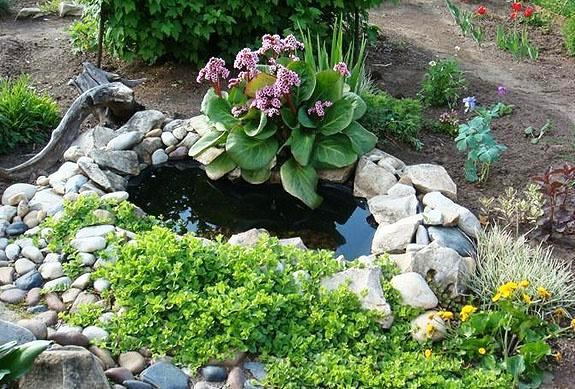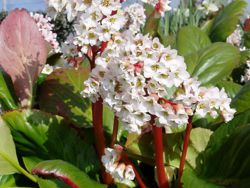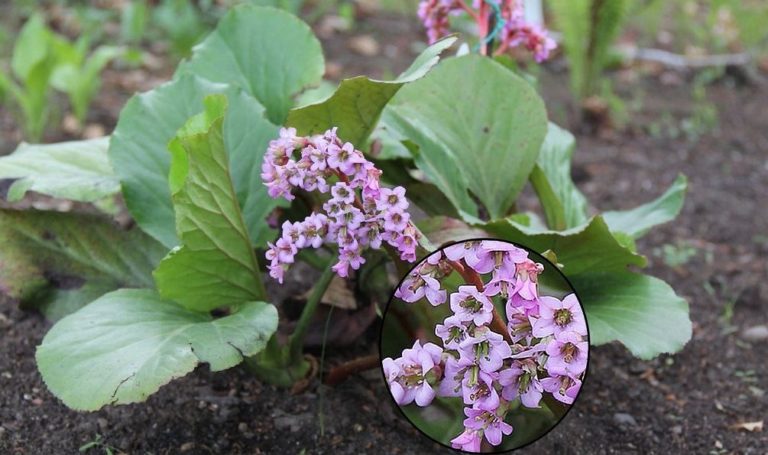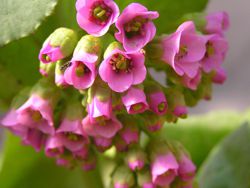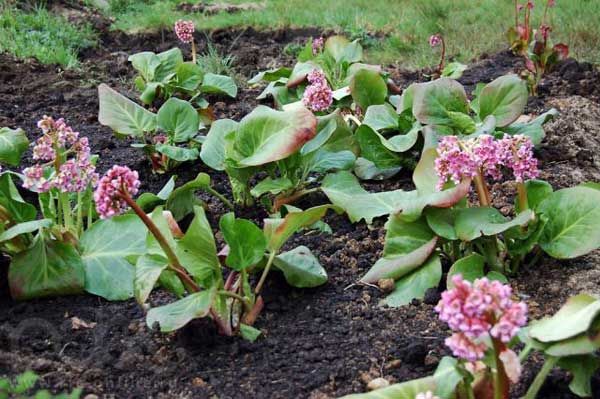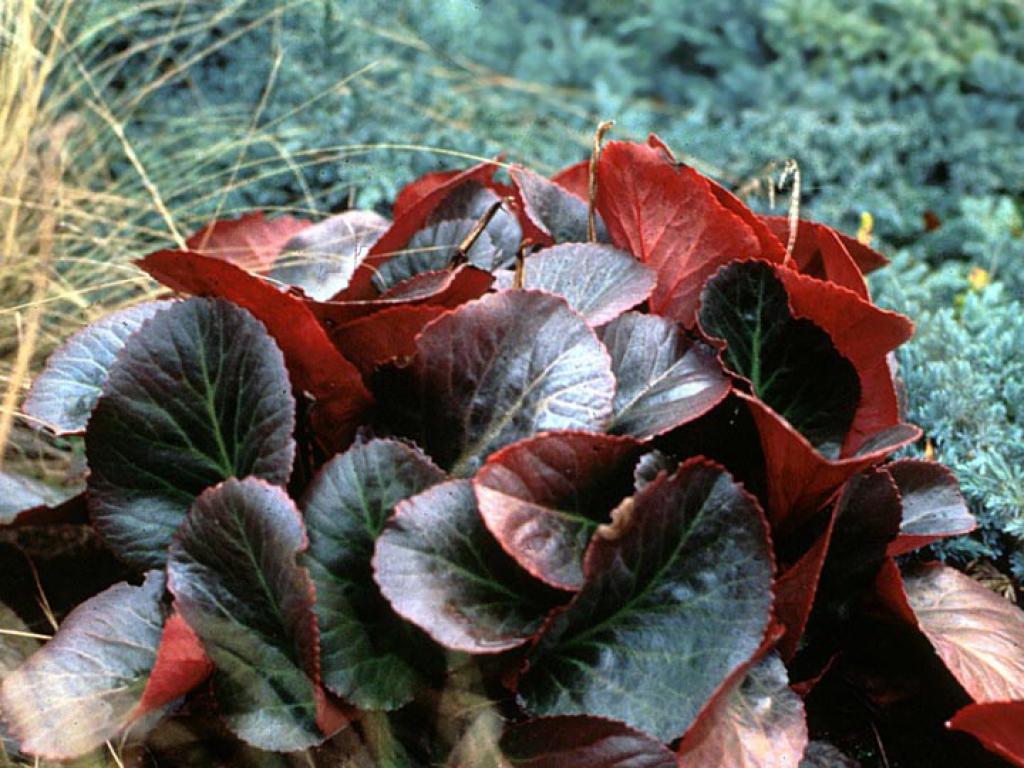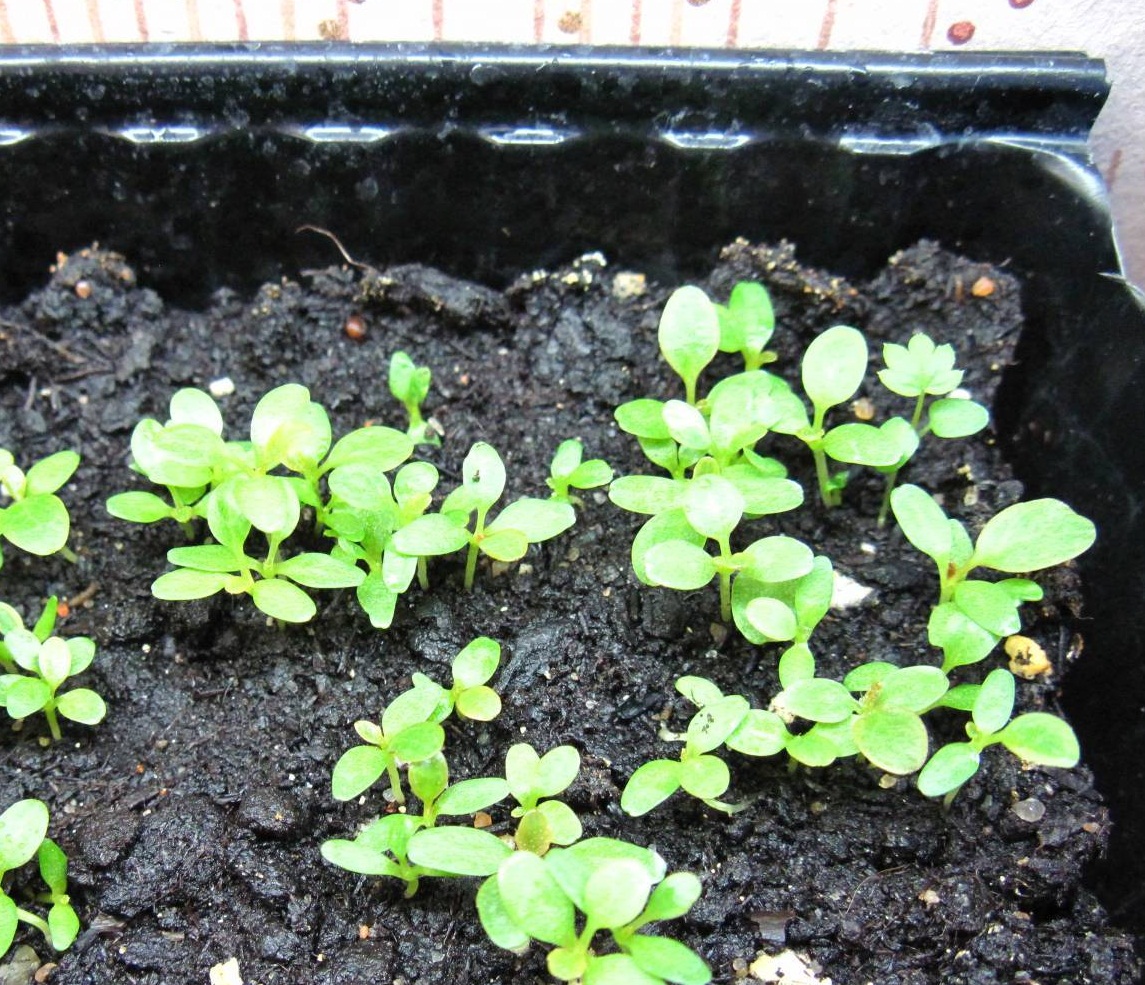Types of badan
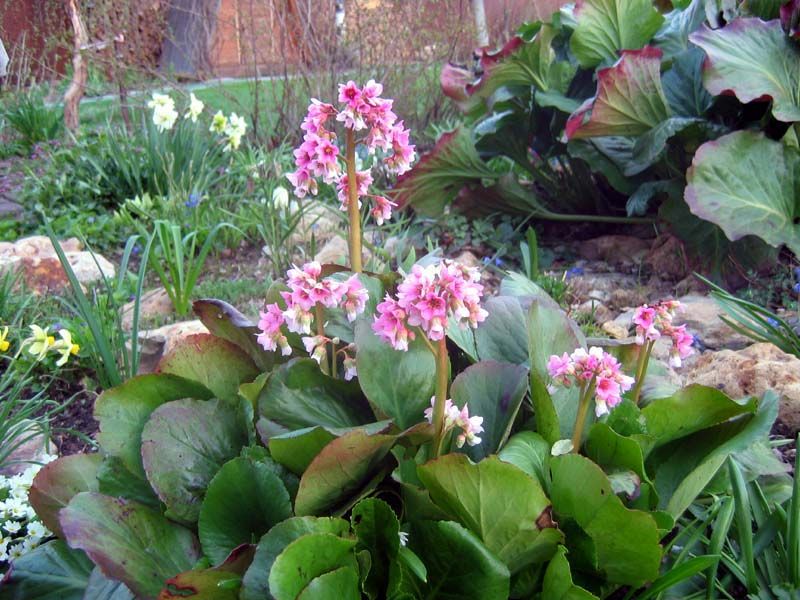
All types of badan are divided into two groups.
Depending on the territory in which the plants grow, it is customary to divide all types of badan into 2 groups (according to morphological characteristics):
1Siberian-Far Eastern group. It includes plants with flowers of red, crimson or purple colors and undisturbed leaves that have smooth edges.
2 The Himalayan-Chinese group. This group includes plants with white or pinkish flowers and pubescent leaves with ciliated edges.
The most widespread in culture are two types of plants: thick-leaved and heart-leaved badans, which belong to the first group.
We will tell you about these and other interesting types of bergenia that can be successfully grown in our gardens.
Thick-leaved
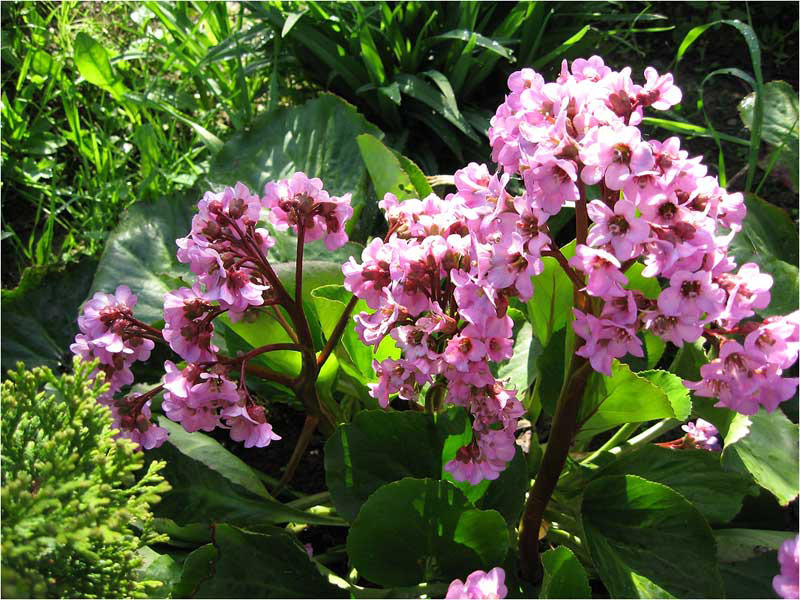
Badan thick-leaved
When it comes to badan thick-leaved, you can often hear such names of this plant as "thick-leaved saxifrage" or "Mongolian tea". In the wild, this plant is widespread in Siberia, Kazakhstan, Primorye, in the northern regions of Mongolia, as well as in China and Korea. Badan thick-leaved grows on rocky slopes, in coniferous and deciduous forests and in mountainous areas up to an altitude of 2000 m above sea level.
It is this species that is most widespread in culture. These plants are shade-tolerant and rather demanding on moisture. The thick leafless stem reaches a height of 50 cm, and the rhizomes have a diameter of 3.5 cm and numerous branches that located close to the surface soil.
Badan thick-leaved is a medicinal plant. Rhizomes are used as medicinal raw materials, less often leaves. Badan preparations strengthen the walls of blood vessels, help lower blood pressure, have hemostatic, anti-inflammatory, astringent and antimicrobial effects.
Hearty
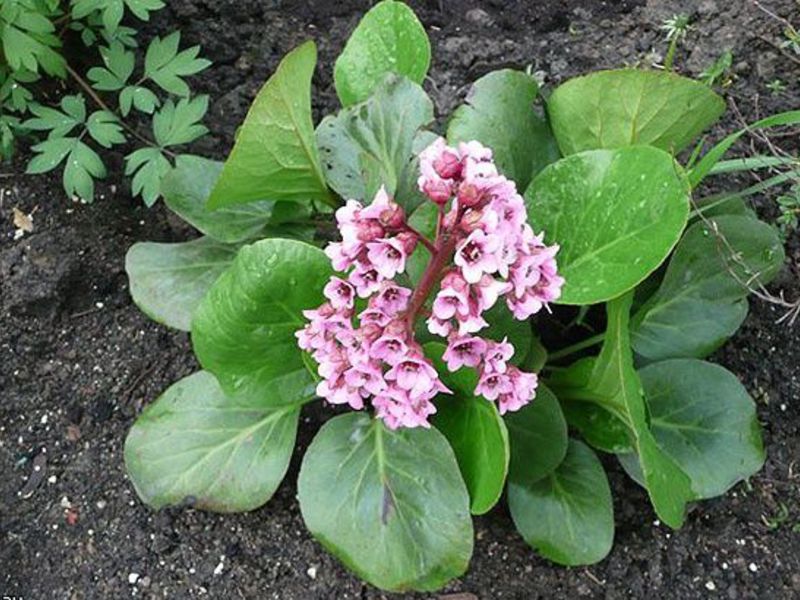
Badan hearty
Bushes of this type of badan reach a height of 40 cm. Its dense or even rough leaves are dark green in color and heart-shaped. It is for this reason that the heart-leaved incense received such a name.
Plants of this species bloom in May, and flowering lasts about twenty days. Small flowers, collected in dense racemose inflorescences, most often have a lilac or pink color.
Less commonly, you can find varieties with white or lavender flowers.
Pacific

Badan pacific
This is a herbaceous perennial plant with thick rhizomes and dense leaves that are oval in shape and up to 20 cm in diameter. Peduncles of this species grow up to 40 cm, and the flowers, collected in lush inflorescences, have a lilac hue and are similar in shape to small bells. This type of badan blooms in May-June.
The leaves of the plant retain their decorative effect throughout the growing season: in summer they are green, and in autumn they acquire a beautiful reddish tint. In the wild, Pacific incense grows among the stones, forming dense thickets.
Strechi

Badan Strechi
This is perhaps the smallest of all types. His homeland is Central Asia, the Pamirs, the rocky slopes of the Himalayas, Afghanistan and China. Small glossy leaves are 10 cm long and 3-5 cm wide. They can survive quite well under snow cover.
Peduncles reach a height of 30 cm. The plant blooms in May for two to three weeks with white or pink flowers. German breeders worked a lot with this species, who based on it created a whole series of varieties with creeping stems and small leaves.
Ciliated

Berry ciliate
This plant is native to Tibet and the Himalayas, where it grows in shady forests and on mountain ledges, rising to a height of several thousand meters above sea level. This species has round "bristly" leaves and white or pale pink flowers.
In regions with severe frosts, the leaves of these plants die off in winter, but the bushes themselves successfully winter and grow new foliage in the spring.
Schmidt
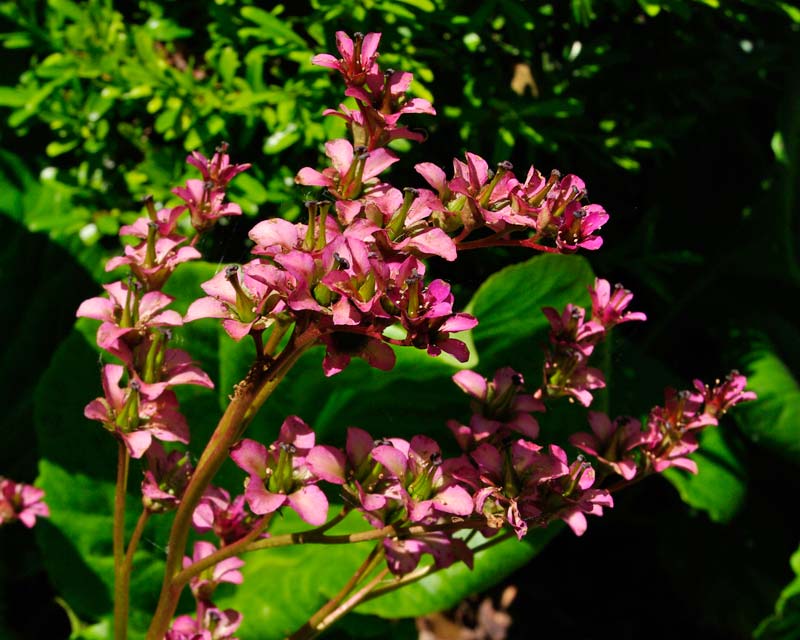
Badan Schmidt
This species includes garden hybrids obtained by crossing a thick-leaved species with a ciliate one. As a result, a strong plant was bred with oval leaves of a dark green hue up to 25 cm long.
The leaves, sitting on long petioles, have serrated edges and a sparse fringe of hairs. Badan Schmidt blooms with bright pink flowers, collected in dense inflorescences.
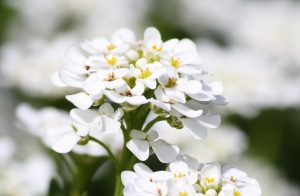
Alyssum: types and varieties of plants, sowing seeds in open ground and care of the rainbow carpet on the site (130 Photos) + Reviews
Growing features
The plant does not belong to the category of capricious, and everyone can grow it. It is possible to grow badan throughout the territory of our country, while the further north, the easier.
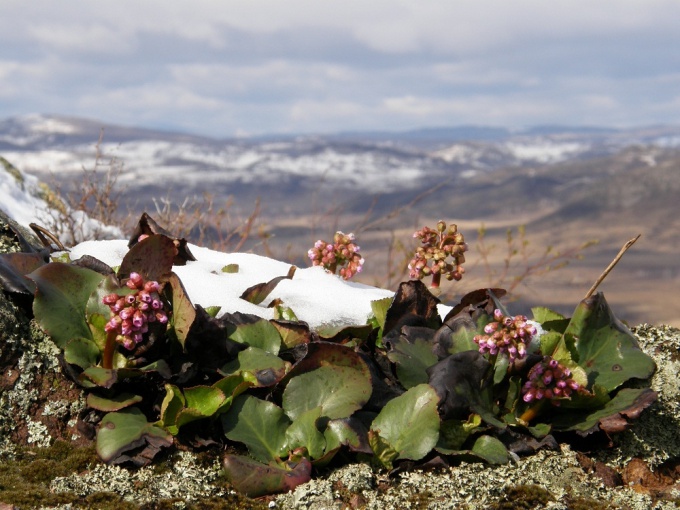
Badan is not afraid of freezing temperatures and is ubiquitous in the northern regions.
Droughts are common in the southern regions, and the plant reacts very badly to a lack of moisture. In such conditions, it is required to carefully monitor the remaining moisture in the soil and water in a timely manner. Another feature is that in the south of the country it is recommended to plant the plant in shaded areas, since it cannot withstand the scorching rays of the southern sun.
-
A place. The farther north your region, the more sun the plant requires, respectively, it should be planted in the most illuminated areas. This is due to the peculiarities of the development of mother plants, but it should be borne in mind that varietal representatives of flowers are more sensitive to unfavorable growing conditions. For example, if a sunny site in Siberia belongs to the optimal zone for vegetation, then not even every weed can withstand the same place in the Krasnodar Territory, not to mention artificially bred varieties of flowers.
-
The soil. As mentioned above, in nature, badan prefers rocky areas. The plant has perfectly adapted to such conditions, a powerful thick rhizome feels fine on the surface of the earth, does not freeze, does not have sunburn, and is not damaged by diseases and pests.
-
Water balance. It is a little more difficult here, because the plant does not tolerate both excess and lack of moisture. It does not die, but significantly slows down the growing season, in extreme cases, drying of the lower leaves can be observed.
-
Nutrients. It is not recommended to feed, the plant is so unpretentious that it develops quite normally even on very poor soils. But it reacts negatively to an excess of fertilizers. If you feed a little during planting, then you do not need to intervene in further development.
-
Care. Badan foliage covers the ground so tightly that the growth of weeds is completely inhibited, respectively, there is no need to do weeding and loosening. The timing and time of flowering depends on the variety, some in favorable conditions can bloom twice a year. In one place the plant lives for 10-12 years, it is not recommended to engage in transplants without special need. One more nuance - badan can oppress other varieties of flowers; to contain its spread, planting must be fenced with decorative borders.
If the leaves turn yellow quickly and profusely, this indicates extremely unfavorable growing conditions, most often an excess or lack of moisture. The absence of peduncles indicates problems with lighting, since the plant, although it does not like direct sunlight, does not tolerate full shade well.
In snowless frosty winters, the roots of the ornamental varieties of badan can freeze, and therefore they must be covered with fallen leaves, mown grass, straw and other effective materials.

Certain decorative varieties of badan require shelter for the winter
In early spring, shelters must be removed, otherwise the roots will undergo and get sick or die.
The healing properties of badan
Reproduction methods
Badan propagates by seeds, rosettes and pieces of rhizome. The first method is the most problematic, since the seeds are small - 1.5–2.0 mm, the seedlings will be the same and will require a lot of attention.
If you already have incense growing, you can collect seeds from your bushes. They ripen by the end of summer in bolls formed after flowering. The boxes should be dry, yellow or brown in color. Spread them out at home on a large piece of paper or newspaper. Ripening and drying out, they will open, the seeds will begin to spill out, you can collect. If there is no berserk or it has not formed an ovary, then the seeds, among others, can be found in a gardening store.
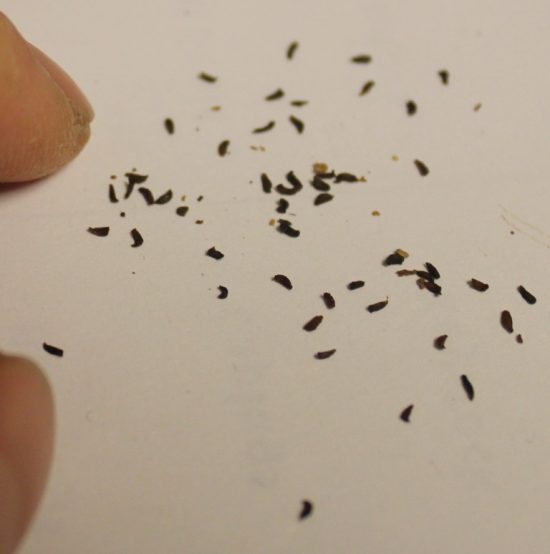
Badan seeds are very small
Sowing for seedlings is started in March - May:
- Fill boxes or containers with a depth of 7-10 cm with drainage holes with any nutrient mixture, you can use a universal one from the store.
- Moisten and tamp the soil, spread the seeds at a distance of 2-3 cm and sprinkle them with a very thin layer (up to 5 mm) of loose and moist soil. Do not water the top, otherwise the seeds will go deep into the water and will not germinate.
- Cover with foil and keep at a temperature of about +20 ° C.
- Seedlings will appear in 3-4 weeks! All this time, you need to open a bowl with seeds every day, ventilate and moisten from a sprayer if necessary.
- Keep the emerging seedlings on a light window, continue to moisten the soil, do not flood.
-
When rosettes of 3-4 leaves grow, cut them into separate pots.
- Plant in open ground in the second half of summer. Until then, water the seedlings and feed them with fertilizer for seedlings (Fertika, Agricola, Pure Leaf, etc.) every 7-10 days.
Badan from seeds grows very slowly for the first two years, and blooms in the third.
It is much easier to plant this plant with a rosette or a piece of rhizome. The berry's root is branched, spreads over the surface, so it is easy to determine what and how to take for reproduction.

Badan rhizome lies on top of the ground, branches
The rosette is a young, not yet flowering twig that has departed from the mother plant. She has her own piece of root and leaves. Sockets can be detached and planted from May to August.
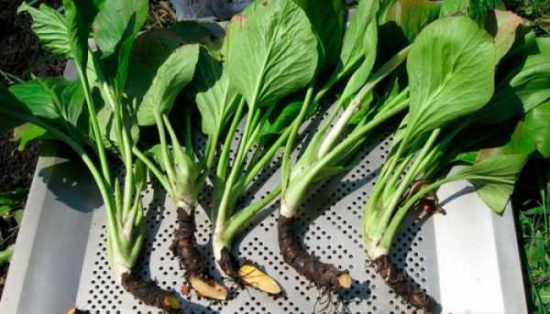
Badan rosette - a young twig with leaves and part of the rhizome
In September, when digging rhizomes to prepare a medicine, you can select and plant pieces of root 15–20 cm long with three buds.
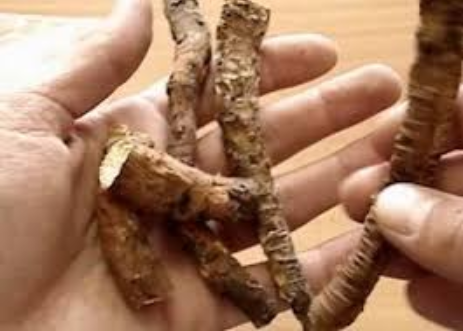
Fresh berry root can be dried for medicinal purposes, or you can plant
How to take care of it properly?
To grow a healthy bergenia with beautiful and bright inflorescences, it is not enough to properly plant - a lot depends on the subsequent care of this garden crop in the flowerbed.
Watering
Juicy berry leaves allow this plant to effectively conserve moisture and withstand even the driest periods with temperatures up to 30 degrees.
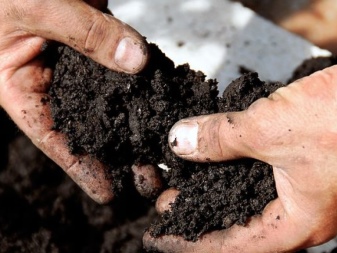
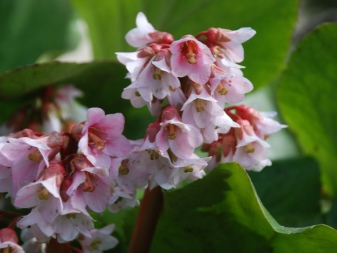
Watering itself is carried out in the evening or morning, when there is no direct sunlight. During watering, the lowest leaf plates of the plant should not be removed - the berry needs them to retain moisture. For watering one adult berry bush, you will need at least a bucket of settled water in summer temperature. Avoid watering with a watering can - moisture should not get into the plant's outlets.
The regularity of watering also depends on the place of planting and on the external climatic conditions. If the incense is planted on the northern side of the garden in an open area, then watering will need to be carried out at least 1 time in 2 weeks.Watering is also carried out during the period of active growth and formation of inflorescences, then during flowering and again after its end.
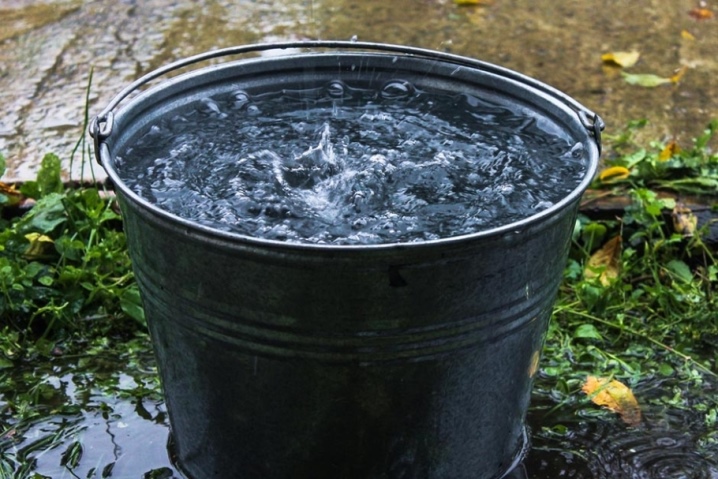
Top dressing
Most gardeners prefer not to feed berry - with an excess of nutrients in the soil, berry begins to grow in leafy plates, but the abundance of flowering decreases.
If badan grows on depleted soils with a low content of vitamins and nutrients, it is advised to feed it no more than 2 times a year. The very first feeding is always carried out in early spring - even before the plant is trimmed and before the period of active growth. The second top dressing is applied to the soil in the fall (after the blooming of the bergenia and during the formation of leaf rosettes) in order to facilitate the wintering of the plant. In both cases, top dressing should include complex mineral fertilizers in liquid form.
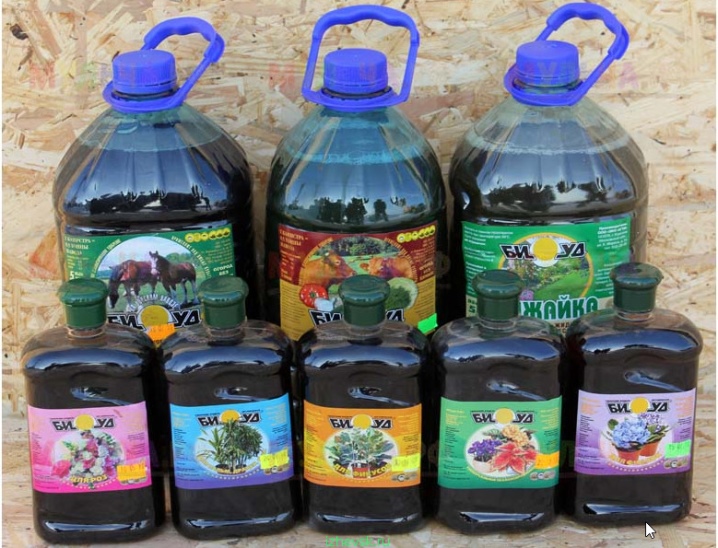
Organic fertilizers are not applied directly to the soil to the badan. Peat, straw, tree bark or compost are used only as a layer of mulch, which retains moisture at the surface of the ground and provides passive feeding.
When choosing the dosage of top dressing, you should always follow the manufacturer's recommendations on the packaging elements of the fertilizer. If we talk about superphosphate and potash fertilizers, then usually it is recommended to take no more than 20 grams of fertilizer per 1 square meter of soil (taking into account its dilution in 10 liters of water).
Transfer
Badan is one of those garden crops that do not tolerate seasonal transplants. This plant can successfully grow in one permanent place for more than 8-10 years, but when planted on a new site, it usually does not take root and rots.
But, nevertheless, sometimes it becomes necessary to transplant a plant. Badan is better to transplant to another place only when this crops in the flowerbed. This horticultural crop has a high growth rate and over time can occupy an entire flower bed, interfering with the growth of other plants. In order to plant young berry bushes in a new place as painlessly as possible, it is recommended to wait at least 4-5 years from the moment the mother plant is planted in open ground.
Wintering
Most of the varieties of garden badan are frost-resistant and can withstand even critical temperatures up to -40 degrees. The only condition for the wintering of such a plant is the presence of a shelter in the form of a sufficiently thick layer of snow.
In regions with little snow, but severe winters, the planted badan will need additional shelter - the roots of this plant are usually located close to the surface, which can freeze.
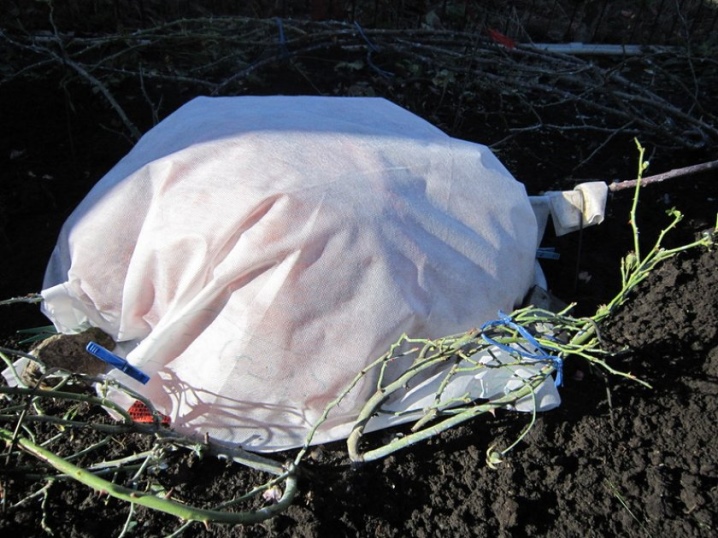
For high-quality shelter, ordinary dry foliage or straw may be suitable. From above, the cut bushes of bergenia are covered with spruce branches, which will protect the plant from the cold wind and freezing.
During the preparation of bergenia for wintering, the stems and buds of the plant are cut shortly, and the soil near the plant is loosened to destroy the larvae of pests that have taken refuge for the winter.
The shelter is removed with the onset of the first warm days.

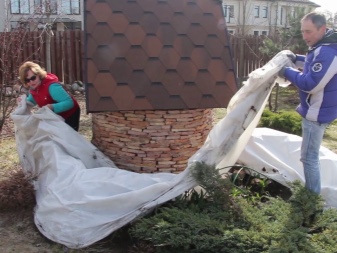
Features of growing a perennial plant
Badan is not the most capricious plant, therefore, not only an experienced gardener, but also a beginner can cope with it. It can be grown almost throughout the entire territory of our country, however, in hot, arid regions, care will be complicated by frequent watering. In this case, it is better to plant it in partial shade - under trees or on the north side of the building. In general, badan can withstand summer temperatures up to + 30 ° C and above, the main thing is that in hot weather it receives enough moisture and is shaded at midday.
Landing in open ground
For good growth and flowering, it is important to find a suitable place in the garden. Here the opinions of experts differ - some believe that a sunny area is needed for flowering, others advocate partial shade
And here only personal experience will become the best advisor.
Badan prefers light, loose soil.The fact is that the powerful rhizome of the plant lies close to the surface and such a soil structure will provide it with the necessary moisture and nutrients. Sometimes the roots are too close and even go out, so the ground around it needs to be mulched, especially in sunny places. The composition of the soil does not really matter, but waterlogging should be avoided. You can not plant a flower in places with possible spring flooding.
Planting and growing badan in pots
Bergenia planted in tubs or pots is a real decoration of the summer garden. The plant develops well and blooms in a container, moreover, it can be easily moved if the chosen place turned out to be unsuccessful.
To plant in a flowerpot or tub, you must:
• Pour drainage on the bottom of the planter - expanded clay, pebbles or crushed stone, by ¼ of the volume.
• Fill half of the container with the prepared mixture - turf soil, leaf soil, compost, sand in a ratio of 2: 2: 1: 1.
• Place the prepared berry socket in the center (if it is not planted in the composition) and cover it with the rest of the earth.
• Slightly squeeze the soil around the plant and water.
• Cover the surface with bark, pebbles or decorative gravel.
When choosing a planter or tub for bergenia, you need to make sure there are good drainage holes. So that they do not get clogged with earth during watering, shards are laid on the bottom, and already on top - a layer of drainage.

Planted in a flowerpot, badan feels no worse than in a flower bed

